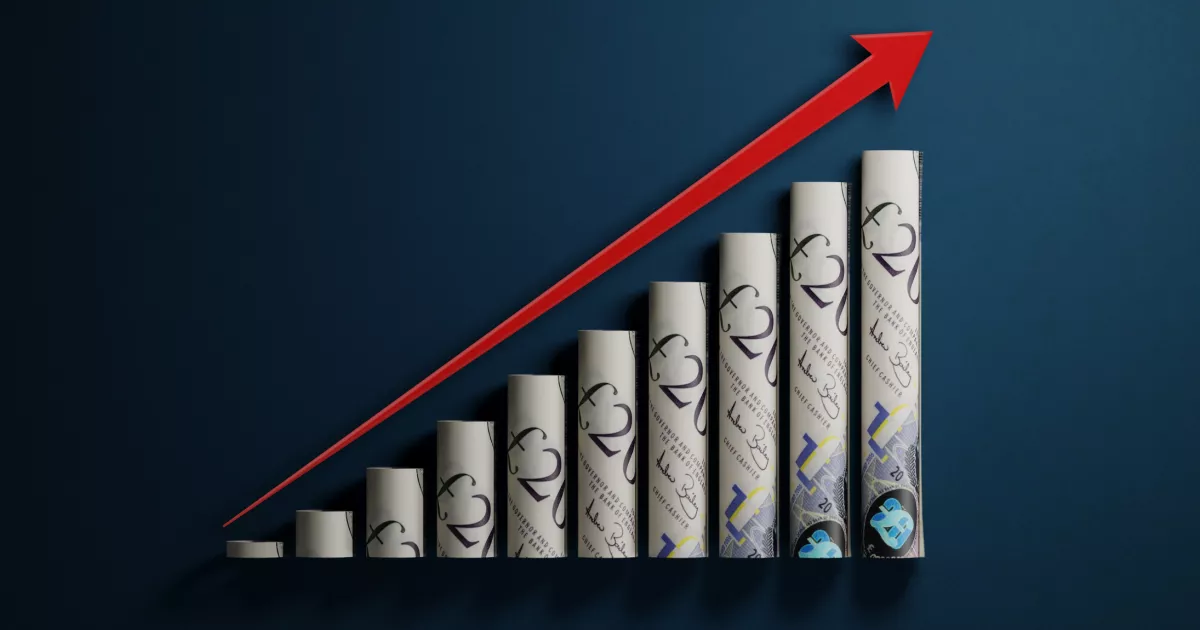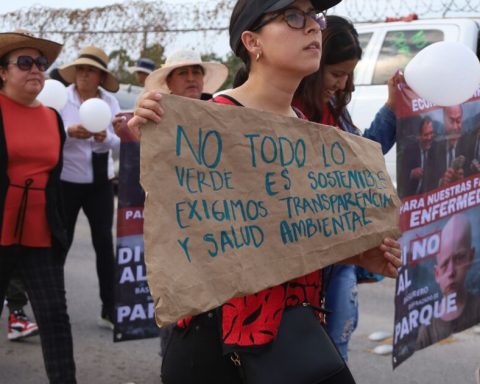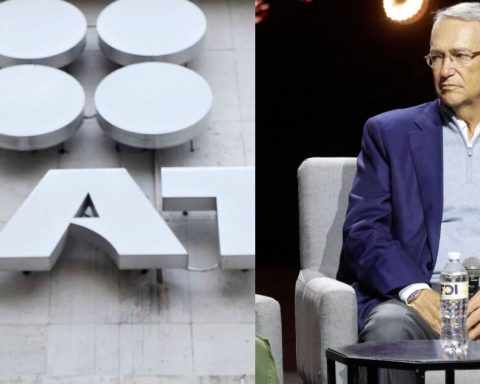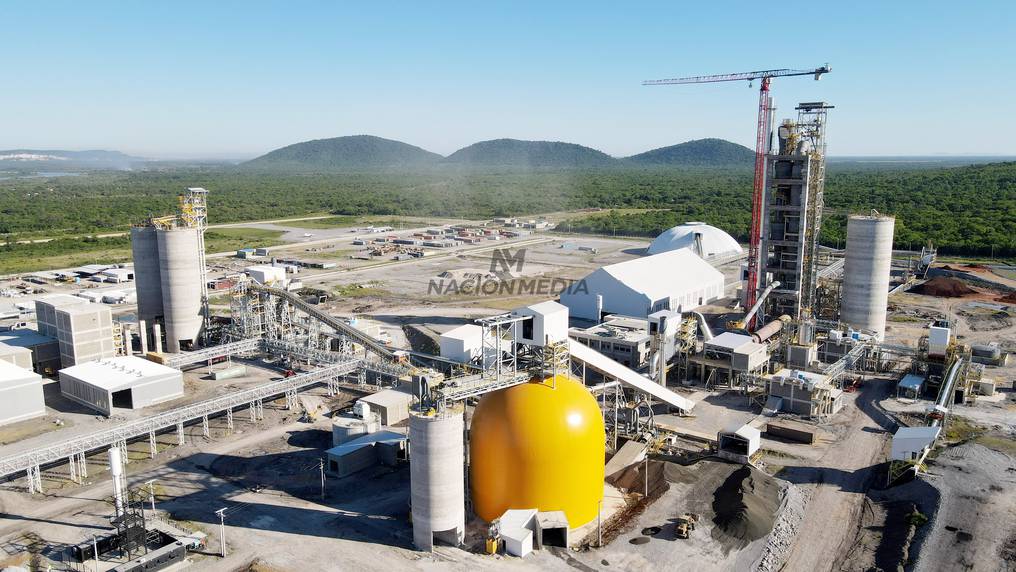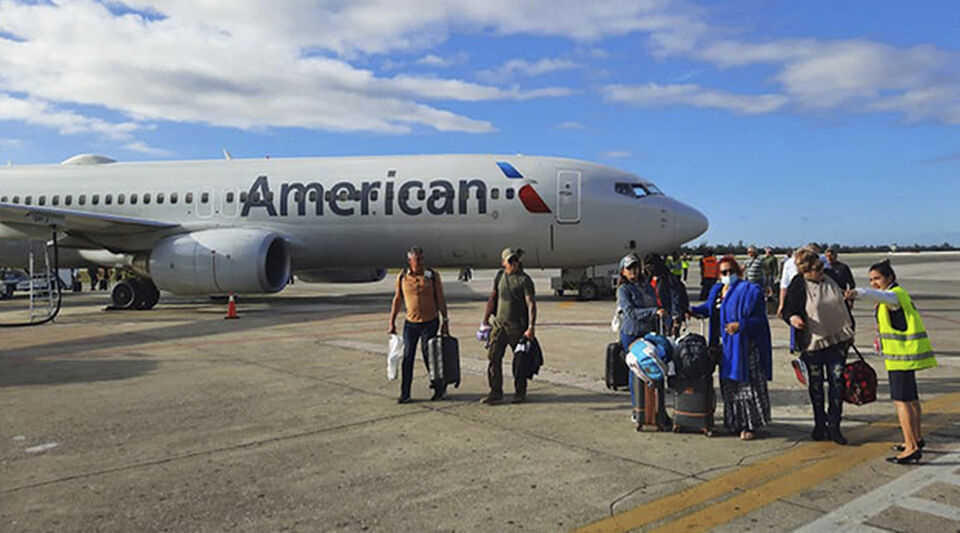This aggressive rise coincides with a trend among major central banks battling the biggest price rise in decades.
On Wednesday the Federal Reserve (FED) adopted an increase of 0.75 percentage points, the fourth consecutive rise in rates in the United States.
The Bank of England estimated that inflation peaked in October at 10.9% annually, compared with a previous estimate that projected the peak would reach as high as a 13% rise in prices.
In the meeting minutes, the entity warned of a “challenging outlook” and said it expects the economy “to enter a recession for an extended period.”
The BoE said the economy has been in contraction since the third quarter, kicking off a technical recession that it projects will last until the first half of 2024.
“There is a tough road ahead,” central bank governor Andrew Bailey told a news conference.
“The sharp rise in energy prices caused by the Russian invasion of Ukraine has impoverished us as a nation. The level of economic activity is likely to be zero or fall for some time,” he warned.
The BoE’s rate hike exacerbates the cost of living crisis for millions of Britons as the rise pushes borrowing higher.
“The central bank has the unenviable job of fighting rampant inflation and huge economic and political uncertainty,” said Craig Erlam, an analyst at trading platform OANDA.
The United Kingdom is emerging from a financial storm after the government of former Prime Minister Liz Truss proposed a fiscal plan that threw markets into chaos and forced the central bank to intervene.
After Truss’s resignation, his successor Rishi Sunak has tried to calm the markets by suggesting possible tax hikes in the budget due on November 17, although this measure could harm the economy.
“I think the whole world knows that we are facing a challenging economic landscape and decisions are needed that will be difficult,” Sunak told parliament on Wednesday.
